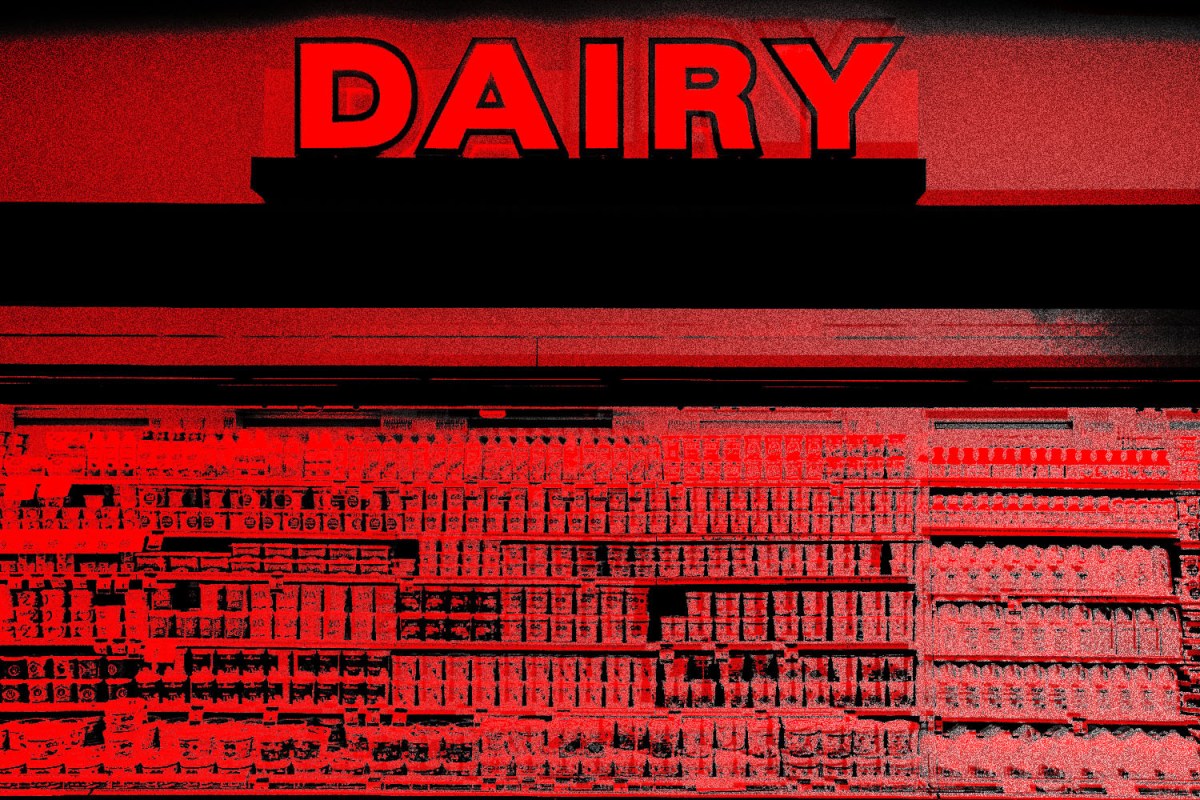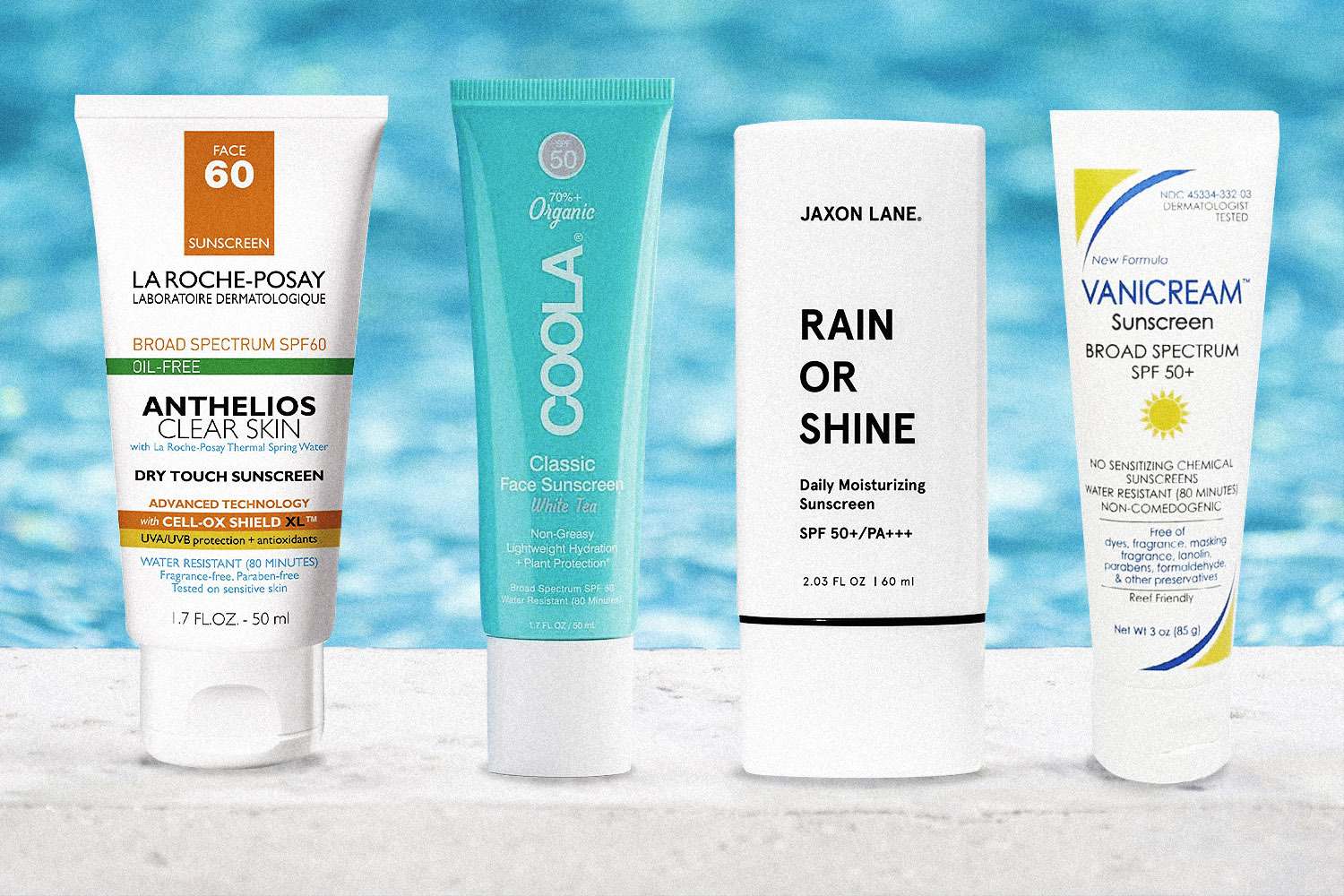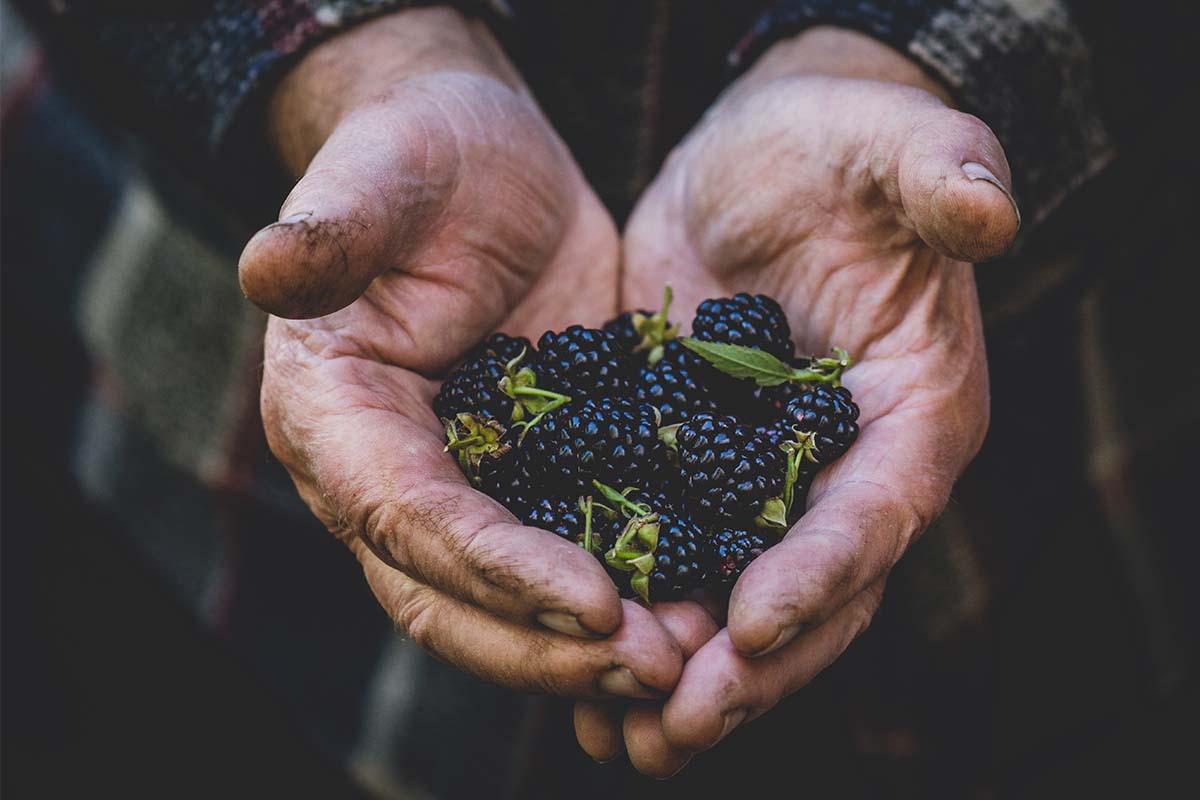A couple months back, everyone on TikTok started drinking chlorophyllin — better known as liquid chlorophyll supplements — which are believed to have therapeutic effects on the body. The bright-green pigment plays a crucial role in photosynthesis (remember seventh grade?) and has demonstrated anecdotal evidence that it helps those looking to boost energy levels or wash out the intestines.
That said, most people online were mainly giving the trend a try to clear up their skin. Heading into a summer where everyone’s determined to look good, chugging plant juice seemed like a low-risk skincare experiment. Only problem? There isn’t any data (yet, at least) to back the hype; according to most dermatologists, drinking chlorophyll isn’t going to vanquish your acne.
The experiment touched on a broader issue in the world of wellness: the preference of consumers to search for a miracle dietary additive instead of nixing the habits that are causing harm in the first place. In simpler terms: sacrifice will do more for your skin than supplements. And you don’t have to wrack your brain to figure out what’s wreaking havoc in the skin throughout your body. Look at an elementary food pyramid. One slot from the top, dairy’s gotta go.

According to Mckenzie Hathaway, a board-certified holistic health practitioner and nutritional coach at Mindbody, “The common dairy products Americans consume at extreme rates are directly sabotaging the skin.” While cheese, baked goods, cream, protein powders and even salad dressings could all be considered culprits, cow’s milk is definitely the dairy source to watch out for. “The proteins found in milk are casein and whey,” she says. “You have a stimulant and a growth hormone. When the body digests the two, it releases a hormone called IGF-1.”
That stands for insulin-like growth factor 1, and, as the name suggests, it triggers an uptick in insulin production throughout the body, which in turn can influence the prevalence of sebum (or skin oil) in glands throughout the face, contributing to acne occurrence and severity. While that frustrating sequence is set into motion by hormones that naturally occur in cow’s milk, the artificial hormones that dairy farms pump into their livestock aren’t helping matters, either. For decades — in an effort to up milk supply — cows have been manipulated with estrogen, progesterone, testosterone and recombinant bovine growth hormone. Milk-drinking humans aren’t affected directly by this process, but researchers do suspect that it exacerbates the release of IGF-1.
One recent meta-analysis poked at milk’s relationship with acne development, and found that of our most popular dairy products, it is the most inflammatory. And of milks in general, skim milk and low-fat milk are the biggest offenders. Dr. Yoram Harth, a board-certified dermatologist and Medical Director at MDacne, attributes this to the fat-removal process. “It leaves it with a higher glycemic index, which has a corresponding effect on blood sugar. That’s another known trigger for inflammatory acne and other skin problems.”
You’re not entirely out of the woods on all the other tasty dairy options, though. Dr. Harth identifies “dairy cheese, milk-based ice cream, dairy butter and yogurt” as containing less lactose than milk (and therefore, less inflammatory properties) but still foods to watch out for — especially if you’re willing to sample an “elimination diet,” whereby you pinpoint the root of a problem by axing ingredients from your dietary intake and monitoring changes in the body. For her part, Heather Hanks, a nutritionist at Life Insurance Star, would rather her more-susceptible clients proceed with extra caution: “I recommend they omit dairy entirely from their diet if they are having any kind of skin condition, including acne, psoriasis and eczema.”

To be clear, most dermatologists suggest there is a direct causation between dairy intake and acne production. Outbreaks can be entirely situational (like habitually walking with a pack on your shoulders or wearing a chinstrap on your face), age-related (like being a menopausal woman or a teenage boy) or medical (like taking antibiotics or antidepressants), but experts agree across the board that too much dairy is not doing anyone’s skin any favors.
Another angle for understanding the issue? Consider the gut. Dr. Peter Kozlowski, the author of Unfunc Your Gut: A Functional Medicine Guide, says, “Your skin is the best representation of your gut health. My favorite analogy of your microbiome is that it’s like having your own garden growing inside of you. Probiotics are the plants of your garden, prebiotics are the fertilizer. What happens when you don’t take care of a garden? Weeds grow. Well, the worst way to take care of an imbalanced ‘gut garden’ is to feed it dairy. One of the most common bugs that overgrows in the gut is a yeast called candida, which is fed by dairy.”
Tortured high schoolers are often promised that things will get better — and, sure, they generally do. But acne doesn’t always go the way of braces. Though the majority of acned Americans are between the age of 12 and 24, outbreaks make sporadic comebacks throughout adult life, in the form of blackheads, whiteheads and pustules. It can be a real gut-punch before any sort of big life event, and it can trivialize the hundreds you may spend in skincare products year after year.
This doesn’t mean you should quit dairy cold-turkey. Just take some time to reassess its role in your life. If you’re bingeing on pizza and ice cream every weekend, try to cut back. Find a vegan pea protein powder and stop dumping whey into your smoothies. Be thoughtful about finding an alternative milk. Avoid goat’s milk, which has many of the same hormonal issues as cow’s milk, dodge soy milk if you’re a woman (which messes with estrogen levels) and be wary of substitutes that include canola oil, evaporated cane juice (sugar, basically) or emulsifiers like Xanthan and Guar Gum. Your best bet is likely unsweetened almond milk or coconut milk, both of which are anti-inflammatory.
How long before you notice a different in your skin? This is where randomized trials with thousands of subjects don’t really help. Diet is personal, environmental, genetic. You could see your skin clear up in a week, or it could take three weeks. At most, The Derm Review’s resident skincare biochemist Elle MacLeman says, “Expect up to eight weeks for changes to occur. This is generally how long it takes for the body to get used to a new diet.”
It isn’t as easy as going bottoms up on a glass of bright green plant juice, but then, nothing ever is. A little dairy sacrifice here and there could yield a whole lot of skin confidence a couple months from now. Next time you’re at the store, consider skipping that aisle altogether.
The Charge will help you move better, think clearer and stay in the game longer. Subscribe to our wellness newsletter today.



























